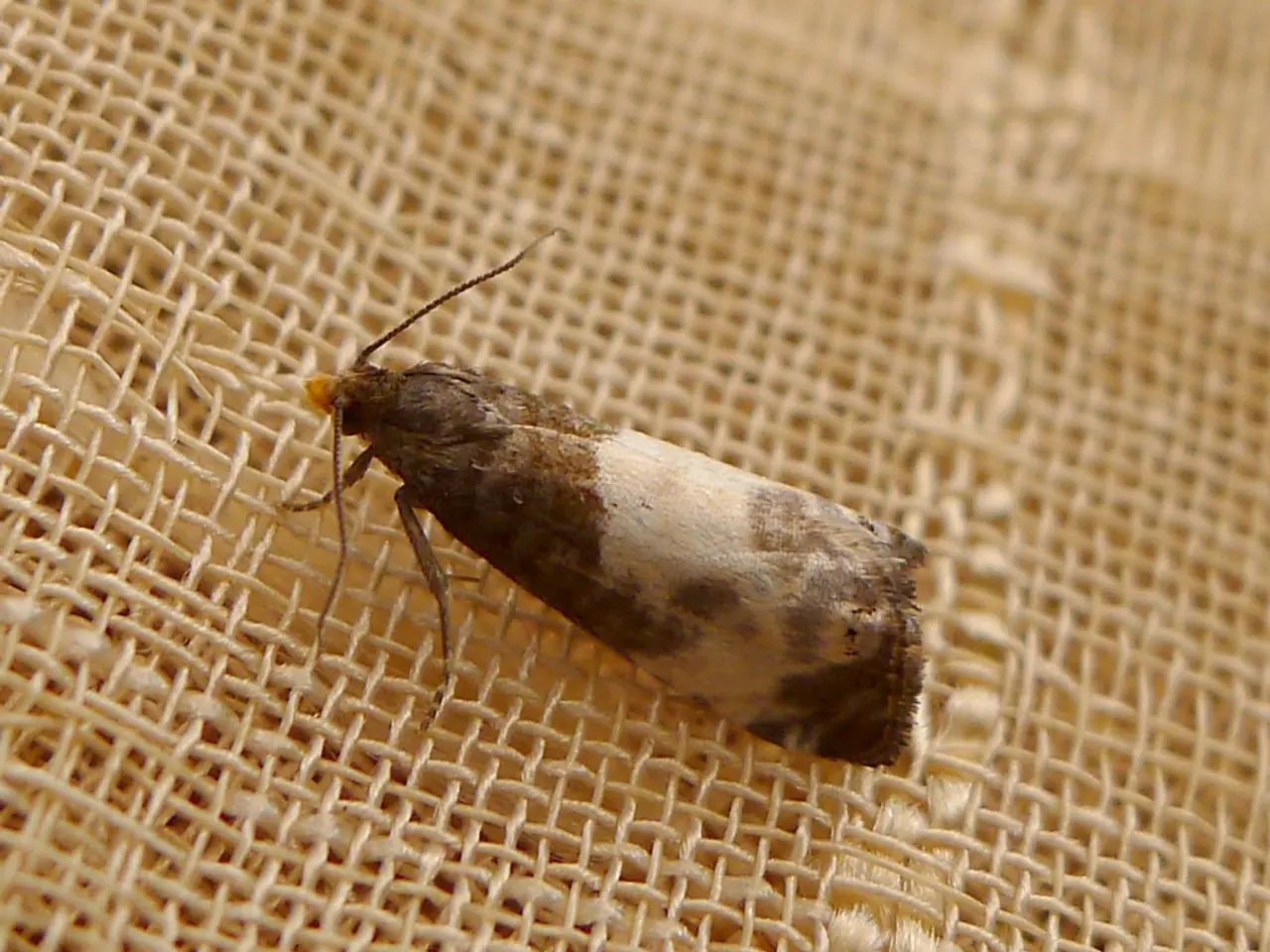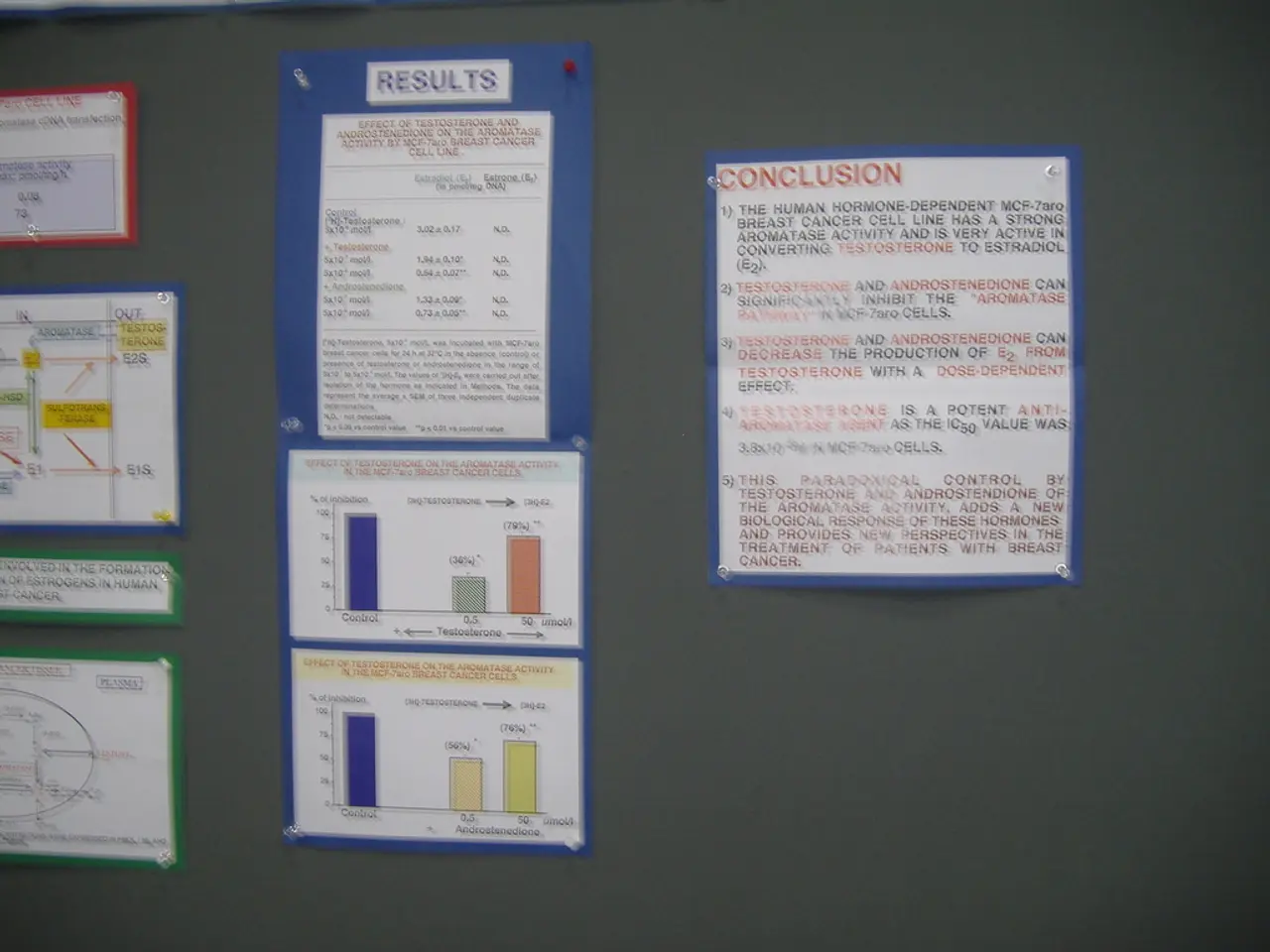Understanding the Nature of COVID-19
COVID-19, caused by the novel coronavirus SARS-CoV-2, has impacted the world in unprecedented ways. While much attention has been focused on adult cases, it is essential to understand how the virus affects children and infants differently.
Generally, COVID-19 tends to be milder in children compared to adults. Children are more likely to be asymptomatic or exhibit mild symptoms such as fever, cough, and gastrointestinal issues. Symptoms in children typically last about 24 hours, although some may experience lingering effects, commonly referred to as "long COVID."
Children can experience a range of symptoms associated with long COVID, including fatigue, headaches, and difficulty concentrating. Young children may show more observable signs like poor appetite and stuffy nose, while preschoolers may exhibit low energy and daytime sleepiness.
Infants under one year and children with underlying conditions are at a higher risk for severe illness. These conditions include chronic respiratory conditions, neurological disorders, congenital heart disease, immunocompromised status, or prematurity.
A rare but serious condition called Multisystem Inflammatory Syndrome in Children (MIS-C) can occur in children who have been infected with COVID-19. This condition involves inflammation in various organs and requires hospital treatment.
The COVID-19 pandemic has led to fewer preventative primary care visits for young children, potentially affecting their overall health management.
To protect children from COVID-19, encourage frequent handwashing, use of hand sanitizer, social distancing, and mask-wearing. Maintaining social distance and wearing masks can significantly reduce the risk of transmission for children.
If a child shows any signs of illness, especially if they have been exposed to someone with COVID-19, it's important to consult a healthcare professional for guidance. For children with moderate to severe symptoms, treatment may include hospitalization, oxygen therapy, and antiviral medications.
Vaccination is a key defense against severe illness from COVID-19 in children aged 5 and older. Healthcare providers will determine the most appropriate test based on a child's symptoms and exposure history, with PCR tests and rapid antigen tests available for diagnosis.
Good hygiene practices, such as handwashing, using hand sanitizer, and avoiding touching the face, can help prevent the spread of COVID-19 in children. Recognizing the symptoms of COVID-19 in children is vital for timely intervention and care.
Seek immediate medical attention if a child exhibits difficulty breathing, persistent chest pain, new confusion, inability to wake or stay awake, or bluish lips or face. Some children may develop MIS-C, which can occur weeks after the initial infection and lead to serious complications.
Long COVID refers to a range of symptoms that persist for weeks or months after the initial infection has resolved, and can affect various aspects of a child's health and well-being. Common symptoms of long COVID in children include fatigue, difficulty concentrating, headaches, sleep disturbances, respiratory issues, anxiety, depression, and social withdrawal.
It is crucial to remember that while COVID-19 is generally milder in children, certain age groups and those with underlying conditions are at higher risk for severe outcomes. By understanding how COVID-19 affects children, parents and caregivers can take appropriate precautions to protect infants and children from potential infection.
Science researchers and health-and-wellness advocates emphasize the importance of understanding how COVID-19 impacts children differently. While symptoms in children are usually milder compared to adults, these can persist for weeks or months in a condition known as "long COVID," causing fatigue, headaches, and difficulty concentrating, among other symptoms.
The COVID-19 pandemic has also brought awareness to the potential impact on children's overall health management due to fewer preventative primary care visits. Therefore, maintaining good hygiene practices and acknowledging symptoms of COVID-19 in children is vital for timely intervention, ensuring their health and well-being are preserved.




